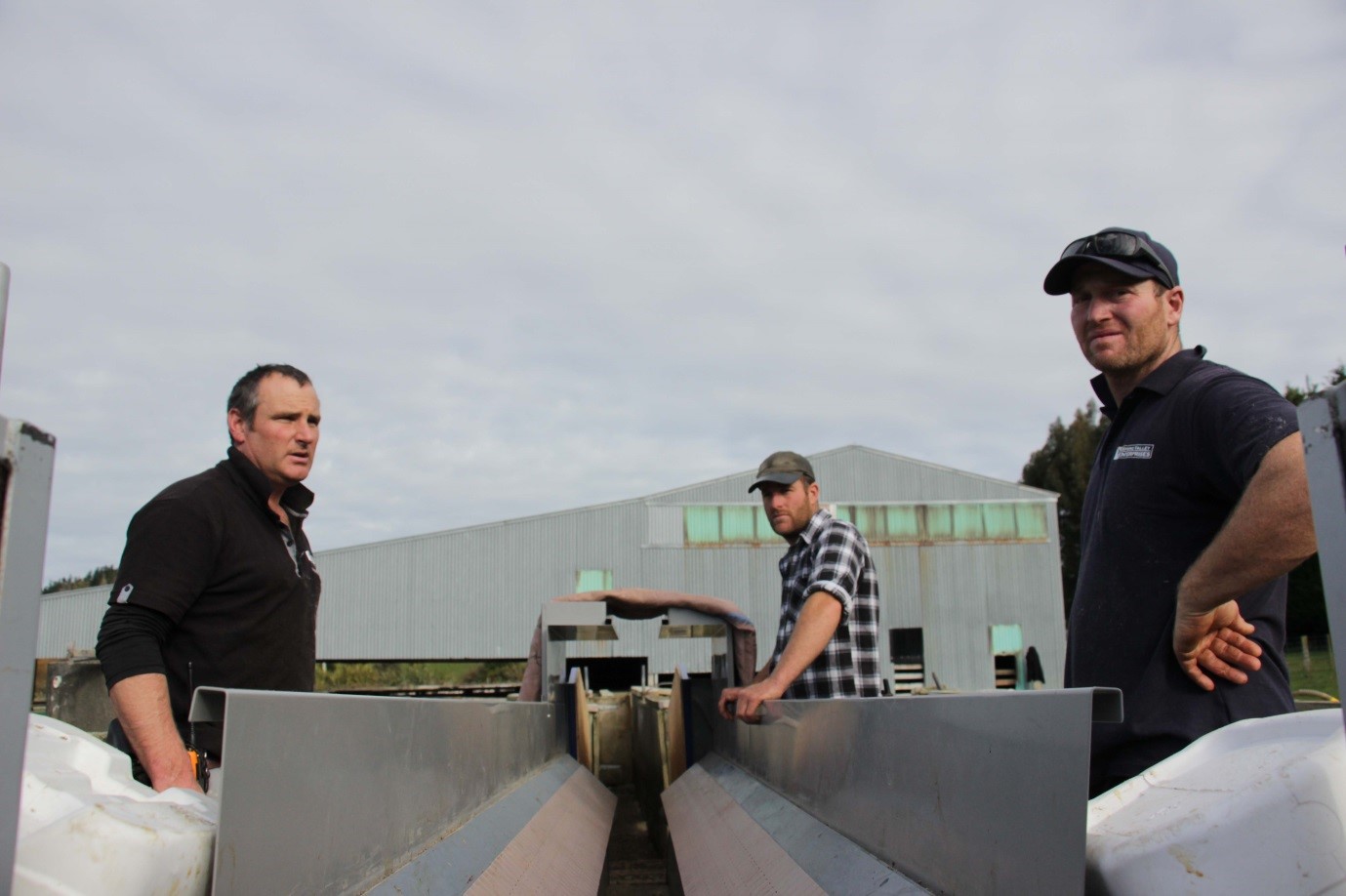-
Take a scenic drive ten minutes west of Masterton in the Wairarapa region of New Zealand and you’ll be greeted with a rustic sign announcing your arrival at “Spring Valley Farms”.
Nestled deep in the Kaituna valley, it’s the home of Matt and Lynley Wyeth and their two sons Alex (12) and Cameron (10).
Spring Valley Enterprises farms roughly ten thousand sheep and another four thousand stock units made up of three hundred Angus breeding cows.
It sits on 16 hundred hectares of hard hill country with some decent quality flat lands. It consistently rates in the top 5 per cent of performers in the red meat industry, in part due to an early adoption of agtech.
" It’s like planting a tree, if you didn’t do it yesterday, today’s the next best option." - Reina Webster-Iti, bluenotes contributor.
The Wyeth’s employ a range of technology each with a specific, measurable outcome allowing them to make small tweaks, tweaks which accumulate into significant cost reductions.
These include using a drone to keep fuel costs down and minimise animal disturbance to utilising a GPS system to guide seasonal crop spraying which determines the exact amount of product they need to order leading to zero waste.
Some tech benefits simply save time or energy, like their investment in a conveyor which allows multiple health treatments to be administered to an animal in one stop, without the need to physically restrain them, a process which used to be exhausting and time consuming for staff.
“We want our staff to go home after work and kick the ball with their kids, if you go back to the old system where they had to bend their back most of the day drenching and vaccinating stock, it’s a lot harder on them,” he said.
“It’s investing in a bit of staff retention and kit to make life easier on the farm”.
Data crunching
Matt credits data crunching as the biggest saving of all. He uses Farm IQ, a farm-management system to pull together all the information he collects in the field which traces each individual animal including monitoring their health treatments, diet, pedigree and day to day weight gains.
Using this data Matt can compare what one mob is doing versus another and make subtle changes to the overall performance of the farm.
{CF_IMAGE}
“The information we get through monitoring and measuring are animals closely make sure we keep on track, or if not, it’s what we’ve got to do to get back to hitting our goals,” he said.
Spring Valley Enterprises employs five ‘team members’ - Matt’s reluctant to call them staff, crediting the success of the farms as a solid team effort. He says he couldn’t have done it alone.
All five team members are young, tech-savvy and hungry for excellence. Farm manager Sam Vivian-Greer likens data crunching to the feeling of playing a video game - each day he’s determined to achieve a higher score than the day before.
“Yesterday, weighing steers, I knew that two thirds of the mob were doing over a kilo a day,” he said. “To me that’s awesome. I said to myself at the start, when weighing those steers, if I can get these doing over a kilo a day, I know what I’ve been doing for the past month works.”
Matt knows his young sons are watching on and thinks being surrounded by technology and seeing how it is used will make a career in farming attractive to them, just as his dad investing in one of the first desk top computers attracted him.
And it’s just as well his sons are inspired, they’ll be no shortage of work for them. In the past twelve months, Spring Valley Enterprises has purchased three new farms and recently settled a forth, a result in part of Matt setting up a governance board to guide the direction of their business.
Collectively they helped Matt and Lynley define their goals and then mapped a pathway for them to achieve them.
ANZ Commercial & Agri Wairarapa regional manager Sean Stafford says investment in technology is leading to better performing businesses.
“Technology is enabling Matt to make better decisions on farm which is leading to better productive outcomes and better financial performance,” he says. Matt agrees.
“The investment in technology has helped make us a business we can budget for – there are no surprises, every element of our business is monitored and measured,” he says.
“We’re repeatable, the bank doesn’t like surprises and we’ve been able to expand and duplicate over a bigger broader are. It’s not just me making the decisions, there’s a team behind us, they’re awesome and supportive and tech saavy but they understand what our vision is.”
Matt’s advice to farmers reluctant to embrace technology? “If we truly value our farm and our legacy and we want that to continue we have to move with the times. It is a little bit scary but it’s about putting your toe in the water and making a start.
“It’s like planting a tree, if you didn’t do it yesterday, today’s the next best option.”
Reina Webster-Iti is a bluenotes contributor
The views and opinions expressed in this communication are those of the author and may not necessarily state or reflect those of ANZ.
-
anzcomau:Bluenotes/business-finance,anzcomau:Bluenotes/Agriculture,anzcomau:Bluenotes/Agtech,anzcomau:Bluenotes/Small-business
The accumulative benefits of agtech
2017-07-24
/content/dam/anzcomau/bluenotes/images/articles/2017/July/Agtech-vid1.jpg
EDITOR'S PICKS
-
Economic momentum in NZ is picking up but expect it to stay modest amid capacity restraints.
19 July 2017 -
Producers should expect more tech-driven change around traceability, food quality, animal welfare and environmental issues.
11 July 2017 -
For Kathryn Fleming, the success of her start-up stems from perseverance.
3 July 2017

